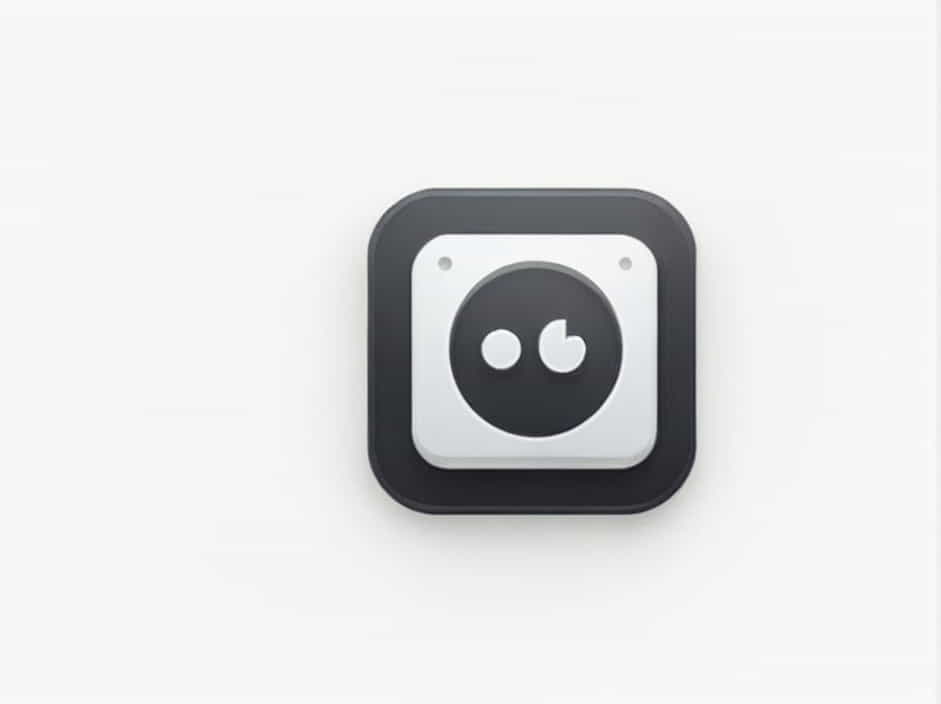In the digital age, data is constantly growing, and storage capacities are increasing to keep up. One of the largest units of digital storage is the petabyte (PB). But what exactly does this term mean? How big is a petabyte, and where is it used?
This topic will explain the meaning of a petabyte, its comparison to other storage units, its practical applications, and its significance in modern technology.
Definition of Petabyte
A petabyte (PB) is a unit of digital storage that equals 1,000 terabytes (TB) or 1,000,000 gigabytes (GB) in the decimal system.
Binary vs. Decimal Measurement
There are two ways to measure a petabyte:
- Decimal (SI standard): 1 PB = 1,000 TB = 1,000,000 GB
- Binary (IEC standard): 1 PB = 1,024 TB = 1,048,576 GB
While both definitions are used, the decimal system is more common in commercial storage devices.
How Big Is a Petabyte?
To understand the vastness of a petabyte, let’s compare it to familiar data sizes:
| Storage Unit | Equivalent in Bytes |
|---|---|
| 1 Kilobyte (KB) | 1,000 bytes |
| 1 Megabyte (MB) | 1,000 KB = 1,000,000 bytes |
| 1 Gigabyte (GB) | 1,000 MB = 1 billion bytes |
| 1 Terabyte (TB) | 1,000 GB = 1 trillion bytes |
| 1 Petabyte (PB) | 1,000 TB = 1 quadrillion bytes |
Real-World Comparisons
- A petabyte can store approximately 500 billion pages of text.
- 1 PB can hold around 4,000 digital photos per day for 100 years.
- Netflix reportedly stores multiple petabytes of video content for streaming.
What Can Be Stored in a Petabyte?
A petabyte of storage is massive and is mostly used for large-scale data processing, cloud storage, and research. Here are some examples of what can fit in a petabyte:
1. Movies and Videos
- Over 13 years of HD video content.
- 200,000 full-length movies in 1080p resolution.
2. Music and Audio
- Around 2 million hours of music in MP3 format.
- Over 17 million high-quality FLAC songs.
3. Photos and Images
- Over 250 million high-resolution photos (4 MB per photo).
- About 4,000 years of daily selfies.
4. Documents and Books
- Around 500 billion pages of Word documents.
- Over 1.5 million eBooks in PDF format.
Where Are Petabytes Used?
Petabytes are mainly used in fields that require massive amounts of data storage, processing, and analysis.
1. Cloud Storage
Companies like Google, Amazon, and Microsoft store data in petabyte-scale cloud storage systems for services like Google Drive, Dropbox, and OneDrive.
2. Social Media Platforms
- Facebook processes over 4 PB of data per day.
- YouTube stores petabytes of video content uploaded by users daily.
3. Scientific Research and Astronomy
- The Large Hadron Collider (LHC) generates over 30 PB of data annually from ptopic physics experiments.
- NASA stores huge amounts of space images and satellite data, measured in petabytes.
4. Big Data and AI
- Machine learning and artificial intelligence models use petabytes of data for training and analysis.
- Healthcare and genomics research require large storage for medical records and DNA sequencing data.
5. Entertainment and Gaming
- Streaming services like Netflix and Spotify store petabytes of movies, TV shows, and music.
- Game developers manage large-scale gaming data, especially for online multiplayer games.
How Is Petabyte Storage Managed?
Handling petabytes of data requires advanced storage technologies, including:
1. Data Centers
Large-scale companies store petabytes of data in massive data centers with thousands of servers.
2. RAID and Backup Systems
Redundant Array of Independent Disks (RAID) systems help manage and protect petabyte-sized storage solutions.
3. Cloud Computing
Cloud services like Amazon Web Services (AWS), Google Cloud, and Microsoft Azure provide petabyte-scale storage solutions.
4. Compression and Optimization
To save space, companies use data compression and deduplication techniques.
The Future of Petabyte Storage
With the growing demand for digital data, petabyte storage is becoming more common. Some future trends include:
- Exabyte-scale storage (1,000 PB = 1 Exabyte) for even larger databases.
- More efficient data centers using renewable energy.
- Advancements in quantum storage and DNA-based data storage.
A petabyte is a massive unit of digital storage, equal to 1,000 terabytes. It is widely used in cloud computing, social media, scientific research, big data, and entertainment. As technology evolves, the need for petabyte storage continues to grow, paving the way for even larger data storage units in the future.
